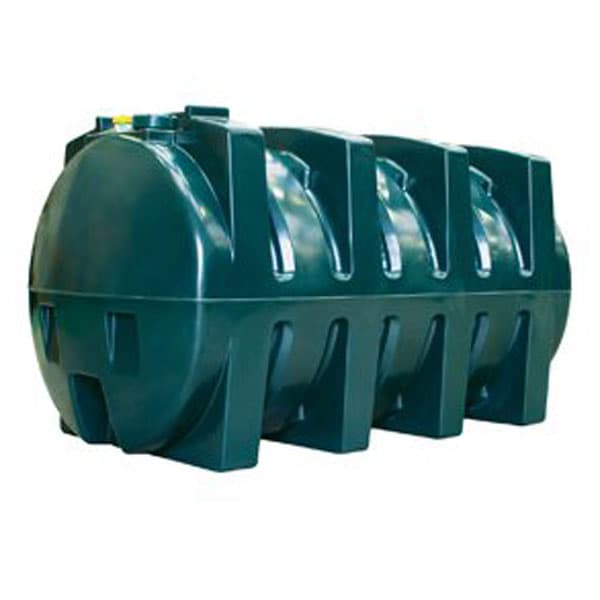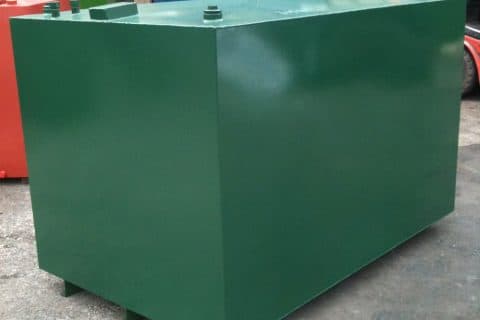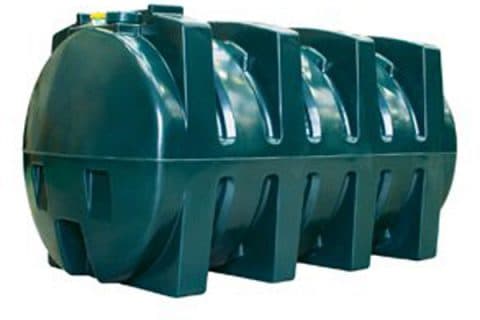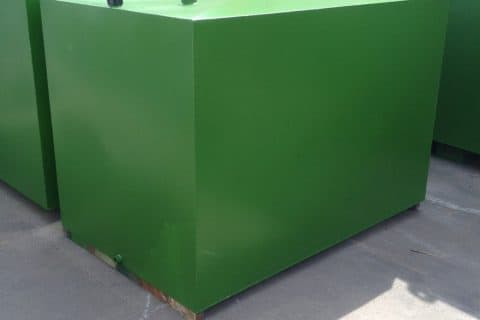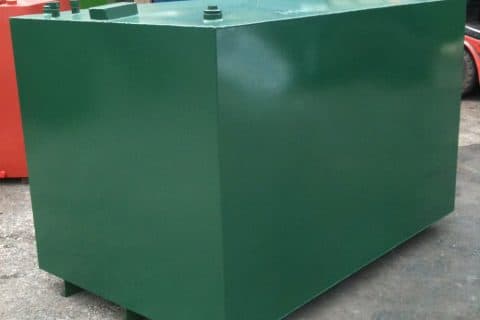Fuel storage for household, commercial, and industrial uses depends heavily on oil tanks. Oil tanks, however, have a finite lifespan like any other machinery. For single-skin oil tanks to remain
effective and to keep your property safe, you must be aware of their lifespan. This article will examine the elements affecting how long single-skin oil tanks last.
Single Skin Oil Tanks: What Are They?
Single-skin oil tanks are storage containers for domestic, industrial, or commercial oil. They are
made of just one layer of metal or plastic, with no further shielding. Although double-skin tanks
have been used extensively in the past, thanks to developments in tank technology, they are now a
more common option because of their enhanced safety features.
Factors Influencing the Lifespan of Single Skin Oil Tanks
Material Quality
The longevity of single-skin oil tanks is greatly influenced by the materials used in their construction. Tanks built of premium steel or other corrosion-resistant materials typically last longer
than tanks of inferior materials. Premium materials limit the possibility of leaks or structural problems and guarantee endurance.
Maintenance and Inspection
Proper maintenance and regular inspections are essential to increase the lifespan of single-skin oil tanks. Regular inspections can aid in locating possible problems like corrosion, leaks, or structurally weak areas of the tank. Early intervention can save these issues from worsening and prolong the tank’s life.
Environmental Factors
An oil tank’s lifespan is greatly influenced by the environment in which it is located. Extreme weather conditions, such as prolonged exposure to moisture or high temperatures, can quicken
corrosion and compromise the tank’s structural integrity. Considering the local environment and implementing the necessary precautions to protect the tank from these elements is crucial.
Installation Quality
The installation calibre directly impacts the longevity of a single-skin oil tank. Premature wear and tear brought on by improper installation methods or insufficient support structures might
compromise the integrity of the tank as a whole. Employing qualified specialists who follow industry norms and laws is crucial for the installation process.
Average Lifespan of Single Skin Oil Tanks
The longevity of single-skin oil tanks can change depending on the variables mentioned above. A properly installed and maintained single-skin oil tank can average last 15 to 20 years. However,
certain tanks can endure much longer because of improvements in manufacturing processes and the use of high-quality materials. Regular inspections, maintenance, and adherence to advised practices are essential to extend the life of your tank.
Single-skin oil tanks have long provided dependable storage options. However, upgrading to double-skin tanks is becoming more common as safety regulations change and technology
develops. Individuals and organisations may make sure that the oil is stored safely and effectively for their purposes by understanding the lifespan of single-skin oil tanks and completing the
necessary maintenance steps. Remember that routine inspections, prompt repairs, and preventative measures can help single-skin oil tanks last longer and encourage an environmentally friendly and secure method of oil storage.
Comprehending the single-skin oil tank lifespan for effective risk management and storage is critical. The durability of these tanks is influenced by several variables, including the quality of the
materials used, maintenance, the environment, and installation. You can guarantee the longevity, dependability, and security of your oil storage system for years to come by making an investment in a high-quality tank and working with a reliable supplier like Total Tanks.
Contact Total Tanks for Help
If you need help choosing between a single or double walled fuel tank, contact Total Tanks. We have a wide range of experience in the industry, and can help you find the right tank for your needs.
Visit our website or call us at 01772 338892.

